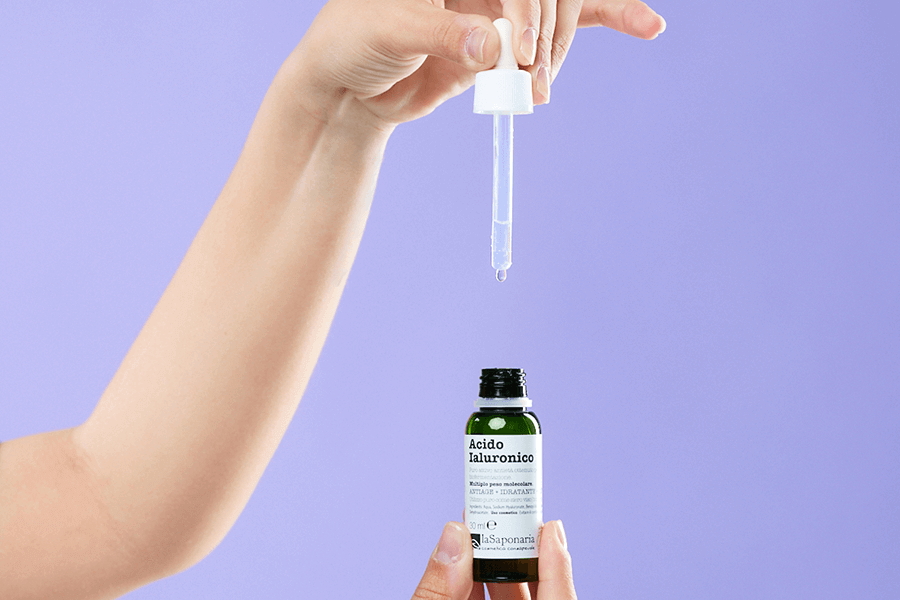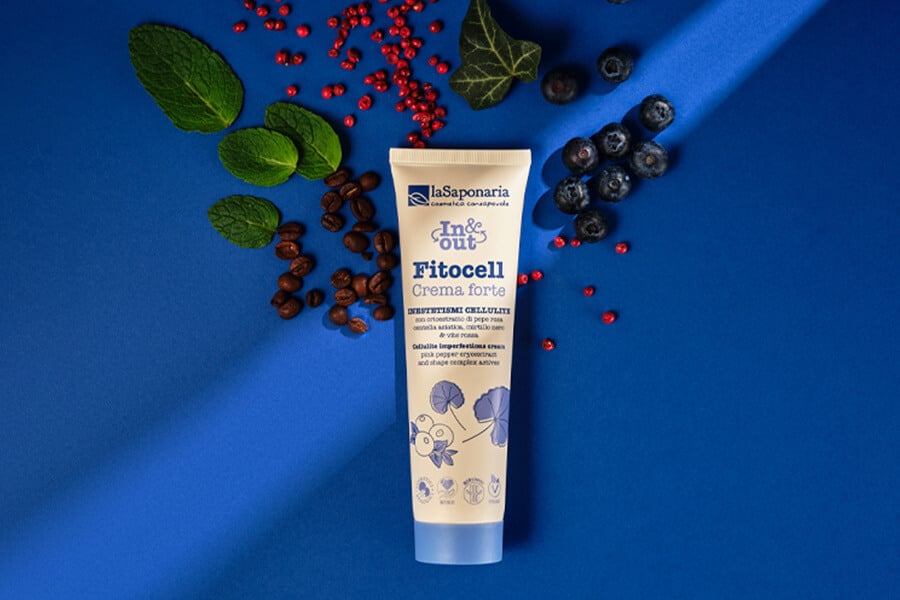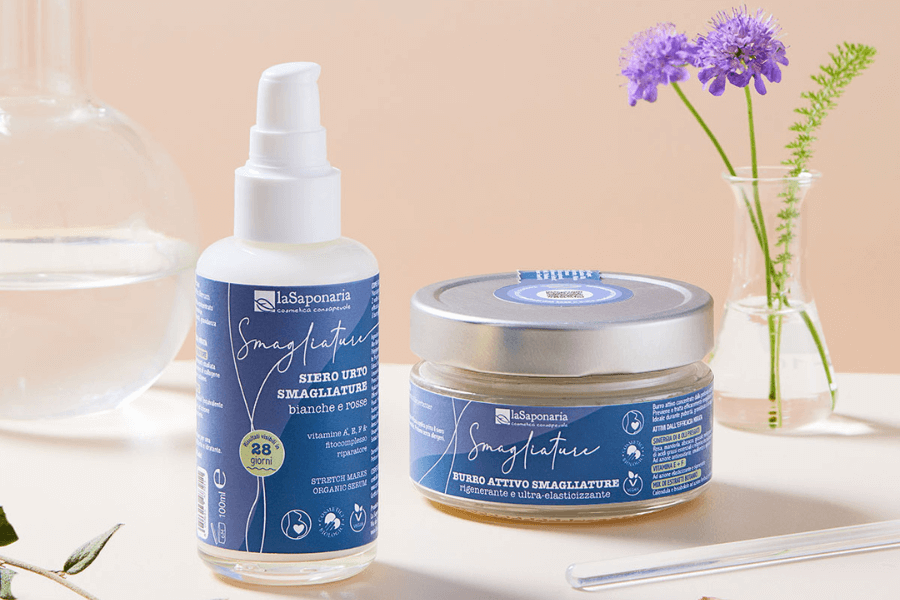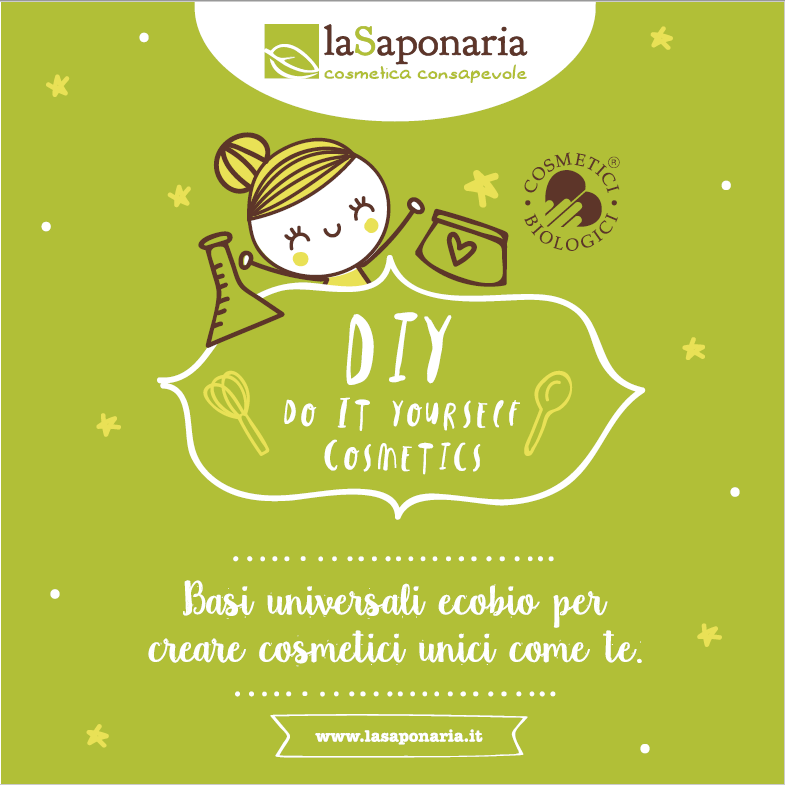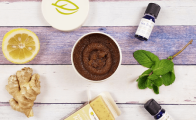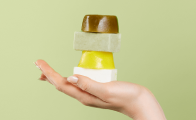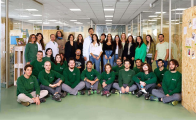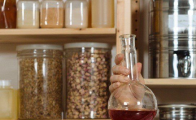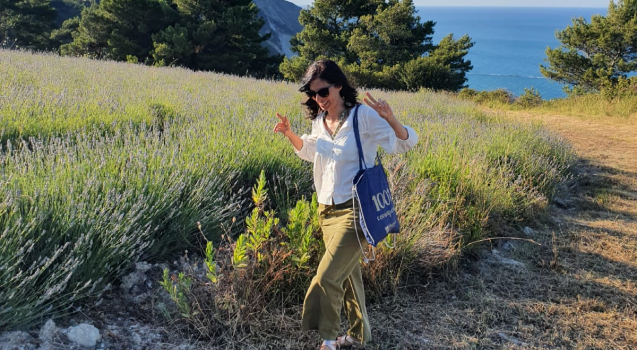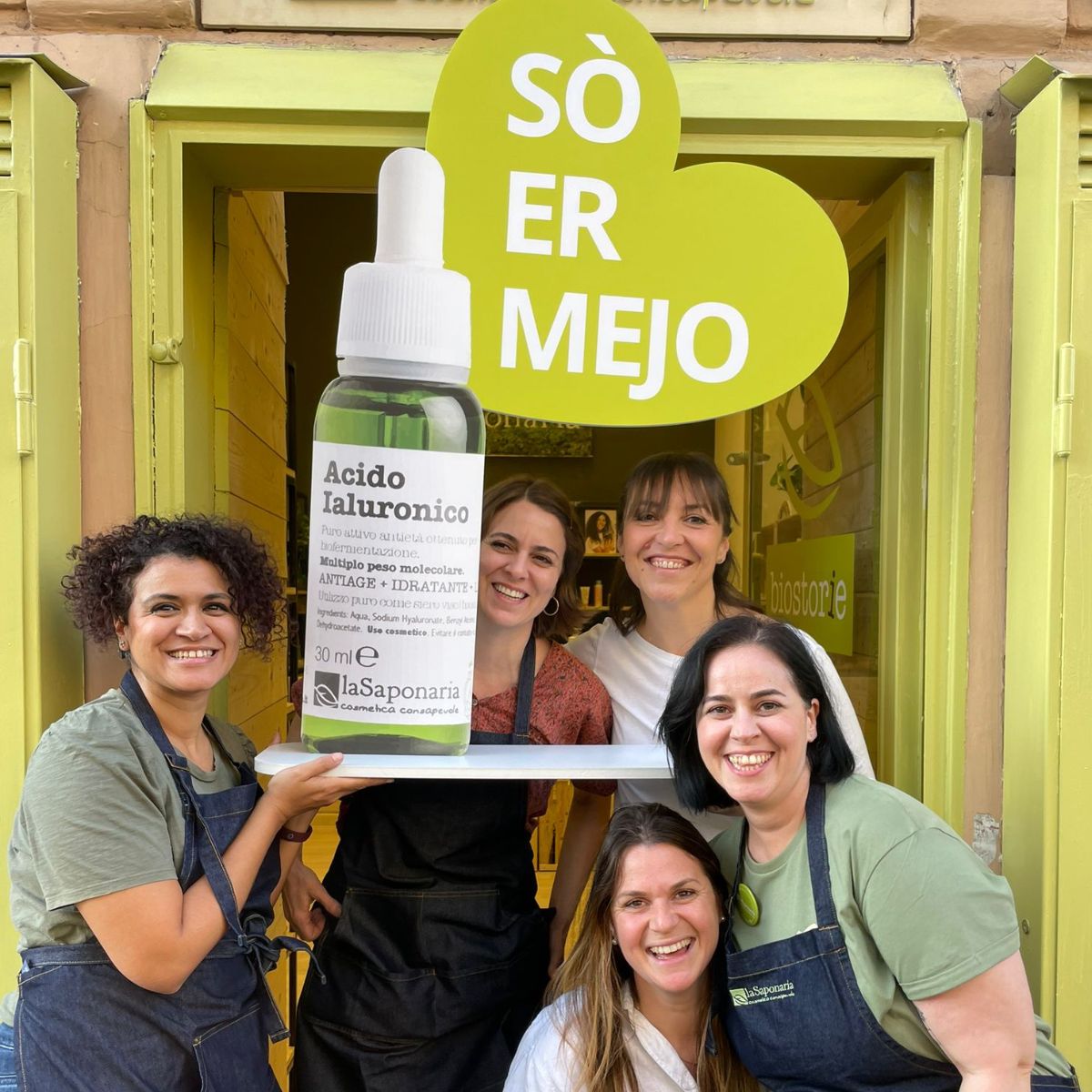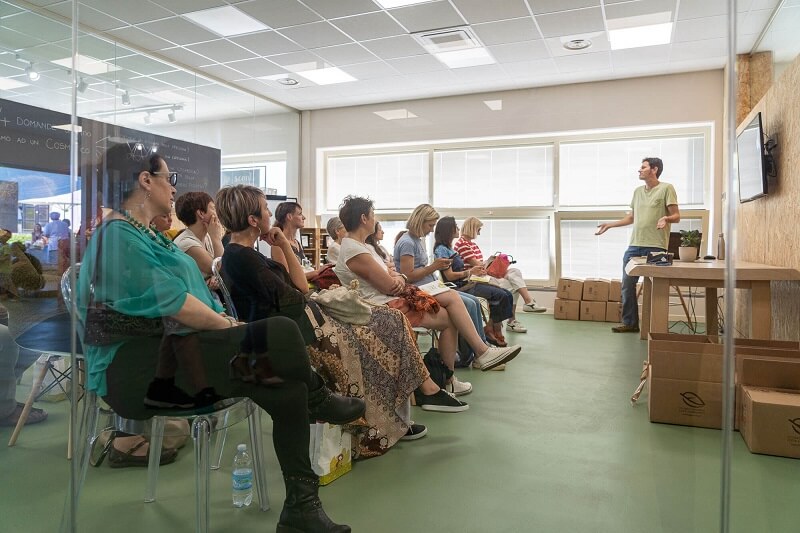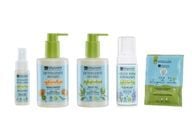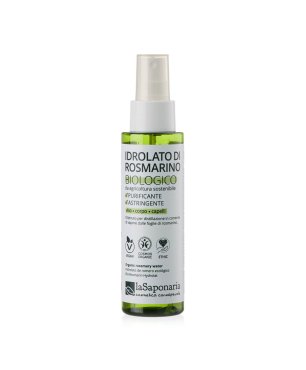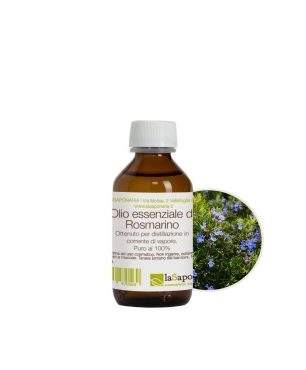- Call us! +390721 911004
- Write a message
- Whatsapp +39 377 3844777
- Become a reseller
- Test and E-book
- Location and contacts
-
MenuBack
-
Organic cosmetics
-
-
space
-
-
-
-
-
-
-
Christmas Gift
-
-
Skin care
-
Hair care
-
Body Care
- Christmas gift
- Routines
-
DIY
-
-
space
-
-
-
-
-
-
PRODUCTION TOOLS
-
-
DOWNLOAD THE RECIPES
-
-
-
Organic library
-
-
BEAUTYBLOG
-
-
-
GLOSSARY
-
-
-
DO-IT-YOURSELF RECIPES
-
-
-
TEST AND E-BOOK
-
-
About us
-
-
space
-
-
-
-
-
PHILOSOPHY
-
-
-
NATURAL COSMETICS
-
-
-
FLAGSHIP STORES
-
-
-
Sustainability
-
-
space
-
-
-
BENEFIT COMPANY
-
-
-
ETHICAL CHAIN
-
-
-
SUSTAINABLE PACKAGING
-
-
-
SUSTAINABILITY IN THE COMPANY
-
-
-
Supported projects
-
NOTICES AND AWARDS
-
-
-
Business Area
-
-
space
-
-
-
OPEN A FLAG SHIP STORE
-
-
-
BECOME A RESELLER
-
-
-
PRIVATE LABEL
-
ACCOMMODATION FACILITIES
-
-
-
RESELLERS LOGIN
-
-
-
Resellers
-
-
RESELLERS RESOURCES
-
-
-
OPEN A FLAGSHIP STORE
-
ACCOMMODATION FACILITIES
-
PROMOTIONAL MATERIAL
-
-
-
RESELLERS NEWS
-
REGISTER YOUR SHOP
-
-
-
BODY CARE LINE 2025
-
-
-
CHRISTMAS GIFT
-
-
- Store locator
Rosemary

INCI NAME:
Rosmarinus Officinalis Leaf Oil, Rosmarinus Officinalis Leaf Water, Rosmarinus Officinalis Leaf Extract
ORIGIN:
Vegetal
FUNCTION:
Antibacterial, energizing, sebum-balancing.
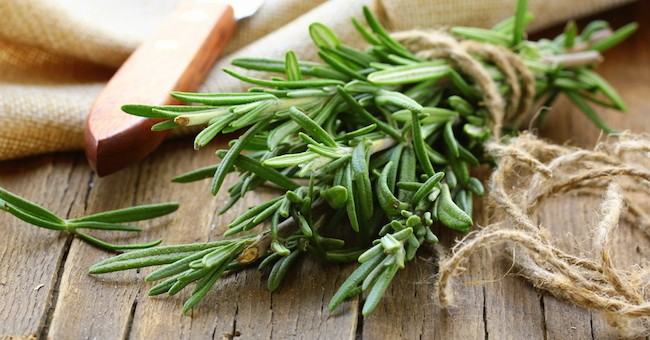
This is an automatic translation
Rosmarinus officinalis
Rosmarinus Officinalis Flower Extract
Rosemary extract is obtained from the leaves and flowers of the Rosmarinus officinalis plant, belonging to the Laminaceae family. Excellent stimulant of the scalp and hair bulb, it also regulates sebaceous secretion and the production of dandruff. On the skin, the extract is used as a skin purifier in shampoos, shower gels, bath oils and specific products for the treatment of acne, as an astringent in the preparation of toothpastes, as an antimicrobial in anti-pediculosis lotions.
Rosmarinus Officinalis Leaf Oil
Rosemary essential oil is obtained from Rosmarinus Officinalis, a plant of the Labiate family. It is an excellent anti-wrinkle and helps fight skin dryness thanks to the presence of antioxidants which makes it more elastic. It also has a refreshing and antibacterial action, in fact in cosmetics it is also used in the production of toothpastes.
Our rosemary essential oil comes partly from a farm in Abruzzo and partly from a Fair project in North Africa. This project, in its entirety, involves countries such as Kenya, Madagascar and Uganda and guarantees fair remuneration for all workers involved in the process. The certified organic oils are processed with care and expert agronomists punctually check the quality of all the crops. Thanks to this beautiful Fair project, small farmers can do their job better, receiving training on new cultivation methods and benefiting from the funds made available to improve local health and education.

